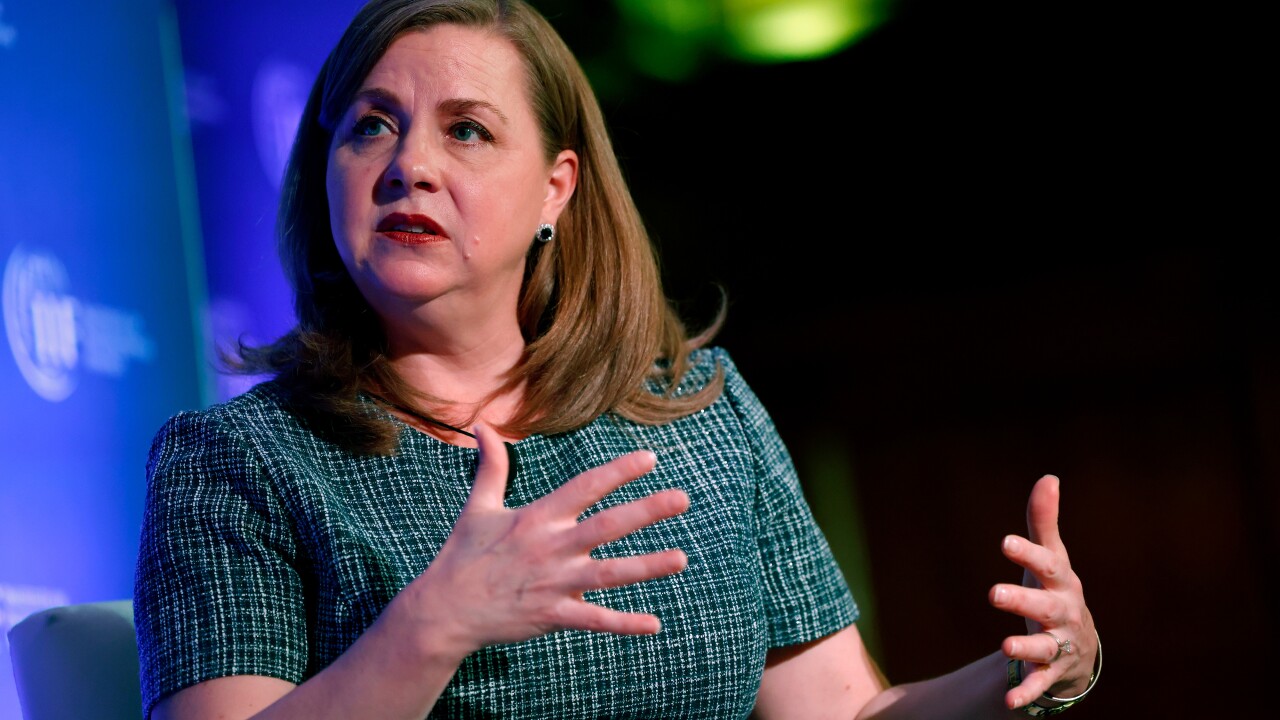Aiming for the couch-potato set, First Hawaiian Bank is getting ready to launch a television banking system.
The Honolulu bank is not the first to design one, but it claims an advantage: Instead of building from the ground up, it will be adapting its current Internet banking service.
Intelidata Technologies Corp. of Reston, Va., which built and maintains First Hawaiian's online infrastructure, will add a bare-bones TV version.
"Other banks have grafted wireless banking onto their online platform; we're grafting cable TV as a new access device," said Mark Taylor, vice president of home banking at First Hawaiian.
What is planned does not sound glitzy. The service will have the look and feel of a modern television set's interactive menu of settings. It will have few graphics, with the exception of First Hawaiian logos. And instead of having to navigate through drop-down menus on a typical Web site, customers will choose services by using the remote control's arrow keys and the "select" button.
In the first phase First Hawaiian customers will be able to view account balances and transaction histories and to transfer money between accounts. "We found that with online banking this is what 75% to 80% of the customers signed up for," Mr. Taylor said in an interview last week.
The service will be in at least limited operation by the end of the third quarter if certain security hurdles have been overcome, he said.
Later on the bank may add marketing or informational material to the channel, such as a short video on home loans. It is also considering offering bill payment, which is technologically more complicated.
Banks in this country talked about television banking service for years, but none has succeeded. In contrast, at least two major U.K. banking companies, Abbey National PLC and HSBC Holdings PLC, have been providing Internet services over the television for some time.
First Hawaiian's plan contrasts with a pilot test begun in 1996 by Barnett Banks Inc. of Jacksonville, Fla. (NationsBank Corp., now Bank of America Corp,. bought Barnett in 1998.) Barnett created a "virtual neighborhood," complete with claymation figures and playful images that led to descriptions of financial services and products.
Ideally, a television banking channel "becomes a fun place for consumers to spend time while they do banking," said Catherine Corby Parker, who was director of electronic delivery strategy at Barnett when the virtual neighborhood, named BarnettTown, was developed.
Ms. Parker, now the chief executive of the consulting firm Corby & Co., said the problem with a service that simply provides the information is that the banking company adds an expense but does not get much else out of it.
"The challenge is how to leverage the marketing power of television," she said.
First Hawaiian's service is likely to start on Oahu, the state's most populous island and the home to its capital, Honolulu. Oceanic Cable, an AOL Time Warner company and First Hawaiian's choice to transmit the service, has 65,000 digital service subscribers on the island - about 20% of its cable subscribers. Digital cable will be required for the TV banking.
One couch-potato advantage of starting with just the basic services: All transactions can be done with a slice of pizza in one hand. Customers will need only their remote to use the service, Mr. Taylor said. The alternative was a system that would require buying a separate keyboard.
First Hawaiian isn't expecting the majority of its customers, or even a large segment, to use TV banking. But as with telephone and Internet banking, "we think there's probably yet another niche" of customers out there who will prefer to use it, Mr. Taylor said.
And to get customers acquainted with the product, those with online accounts will be able to use the digital television offering immediately.
One boon to getting First Hawaiian's service delivered over the cable TV wires is the particular nature of the state's cable infrastructure. In contrast with many mainland regions that are more fragmented, Oceanic Cable has a 75% to 90% market share of households on Oahu, said Oceanic spokesman Kit Beuret.
The cable company already has an agreement with Pizza Hut that allows digital television subscribers to order pizza on an exclusive Pizza Hut channel.
The one preparation that could hold up inauguration of the service is security. That is a responsibility of Prasara Technologies, the Orlando company that is developing the software for what customers will see and use on their television screen.
"Cable doesn't usually use encryption, but for this service we need to make sure it's secure from end to end," Mr. Taylor said.
From Our Archive





